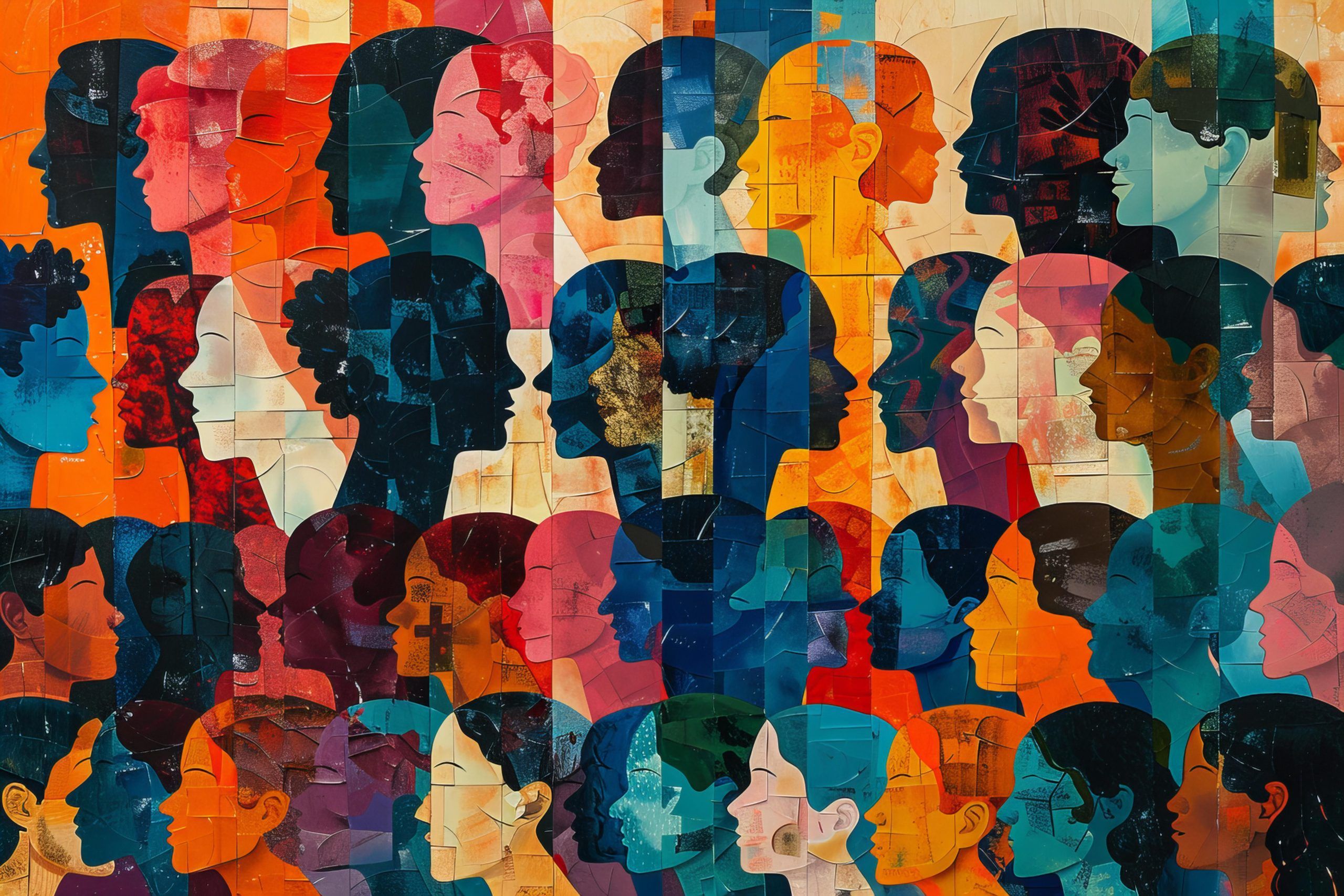Intersectionality: a vital component for tackling Gender-Based Violence in Sport

The Sport GVP project addresses this challenge head-on through a structured and inclusive set of actions aimed at preventing and tackling gender-based violence (GBV) both in and through sport. One of the assets of the project is its intersectional approach and how intersectional identities contribute to unique experiences of GBV.
Why Intersectionality Matters
Intersectionality refers to the interconnected and simultaneous forms of oppression that individuals may experience based on their ethnicity, gender, sexuality, class, and other axes of identity (Crenshaw 1991). The intersectional approach implemented within the Sport GVP project is aligned with the field reality as revealed in recent research conducted by EIGE:
Evidence shows that […] gender, class, race and ethnicity were historically perceived to be the major social divisions within intersectionality research, with other axes of power gradually included, such as age, dis/ability, sexual orientation and gender identity, religion etc. (EIGE, Intersecting inequalities: Gender Equality Index, 2019).
In the context of GBV in sport, this approach is vital to understanding how athletes face unique and compounded vulnerabilities—particularly those who are LGBTQI+, refugees, economically disadvantaged, or belong to racial and ethnic minorities.
Field Findings Highlight the Complexity of GBV in Sport
Field research conducted within the Sport GVP project revealed that intersectionality was often an unfamiliar concept among interviewees, yet its relevance became clear through lived experiences of composite discrimination.
Cyprus
In Cyprus, LGBTQI+ athletes were found to be particularly at risk due to the convergence of ethnicity, gender, sexuality, socioeconomic status and ability.
Greece
In Greece, patriarchal norms and entrenched gender roles contribute to a culture of silence. The study showed that marginalized identities, such as being LGBTQI+, a refugee, or economically disadvantaged, intensified experiences of GBV.
Denmark
In Denmark, despite progressive initiatives, deep-rooted cultural attitudes continue to hinder inclusivity. Field research revealed a low level of awareness, among sport professionals, on the matter but once familiar with the concept athletes reported discrimination incidents related to intersectional identities.
North Macedonia
In North Macedonia, a lack of reporting and data obscures the full extent of the issue. However, where understanding of intersectionality existed, it was linked to recognition of the specific vulnerabilities faced by marginalized groups, particularly within the LGBTI+ community. Thus, the probability of experiencing aggravated violence remains considerable.
Italy
In Italy, the sports system struggles with both policy implementation and deep-seated stereotypes. The intersections of ethnicity, gender and disability intensifies vulnerability to GBV. Coaches and athletes noted how religious beliefs, economic hardship, and traditional gender roles intersect to create an environment where GBV is both underreported and inadequately addressed.
Conclusion
Addressing GBV in sports requires more than one-dimensional solutions. It demands strategies that recognize how intersecting forms of marginalization compound vulnerability. Improved awareness, inclusive policies, and cross-sectoral training—especially for coaches—are crucial to addressing entrenched prejudices and supporting marginalized athletes. Sustainable prevention and intervention depend on coordinated efforts, better reporting mechanisms, and a genuine commitment to inclusivity in sport.
To meet these needs, the Sport GVP project offers a comprehensive training package for athletes and professionals that includes: a Curriculum in the form of an online course for sport professionals, staff and executives on Gender Based Violence and Sport, complemented by a Toolkit with practical resources and a Guide on prevention policies for sport officers and executives on effective prevention policies.
References
European Institute for Gender Equality (2019), Intersecting inequalities: Gender Equality Index
Kimberle Crenshaw, 1991. Mapping the Margins: Intersectionality, Identity Politics, and Violence against Women of Color. Stanford Law Review.